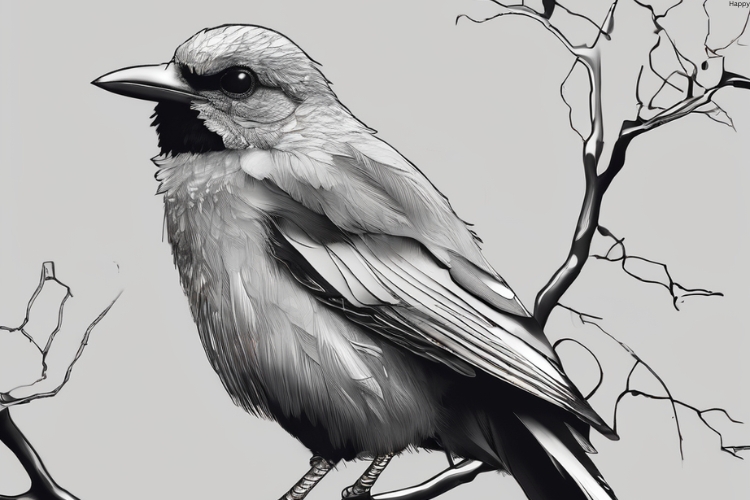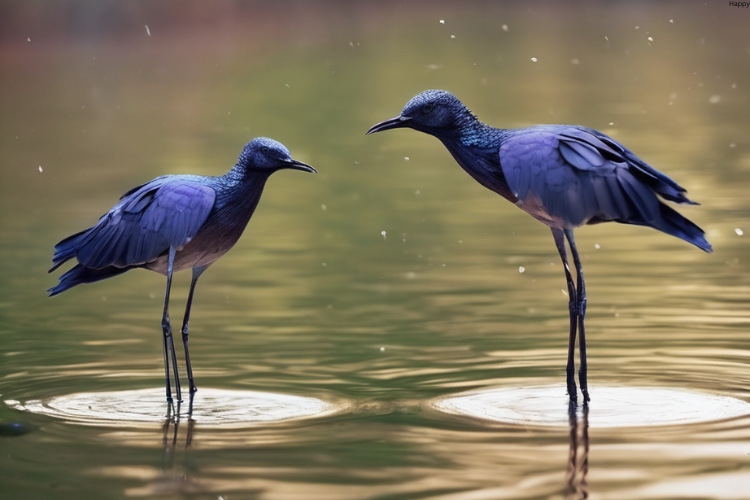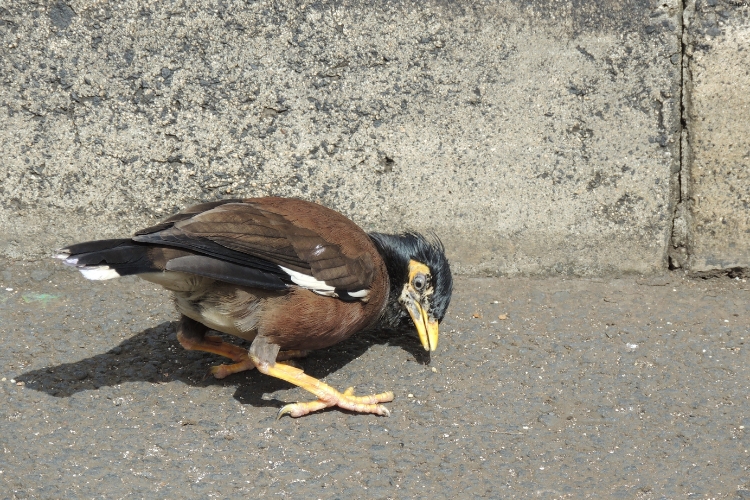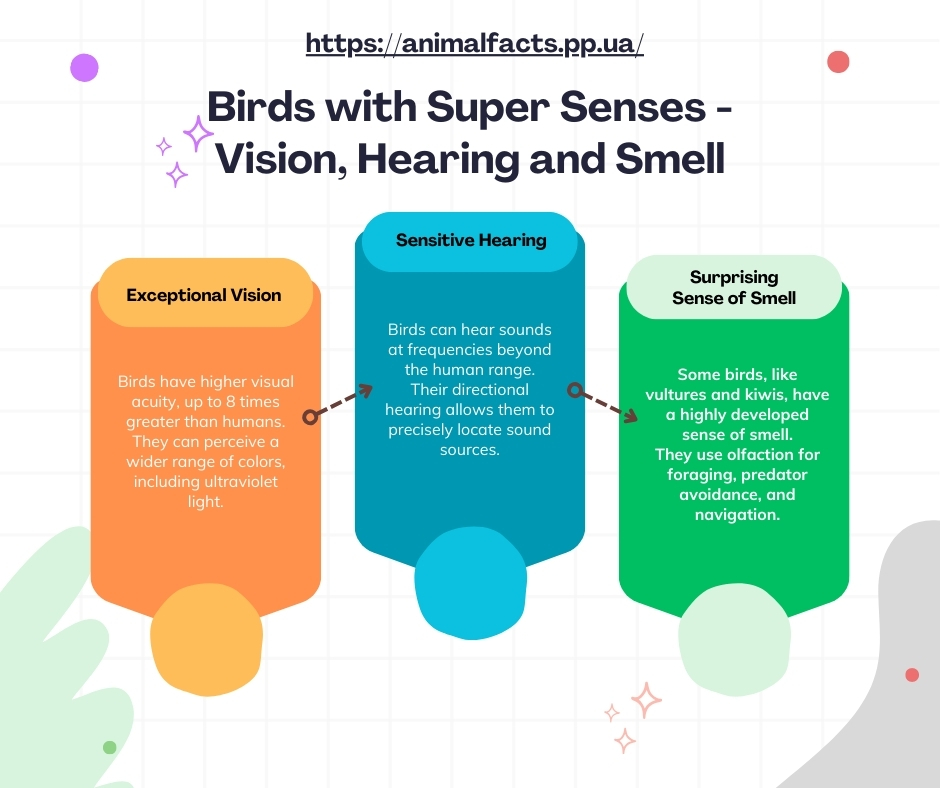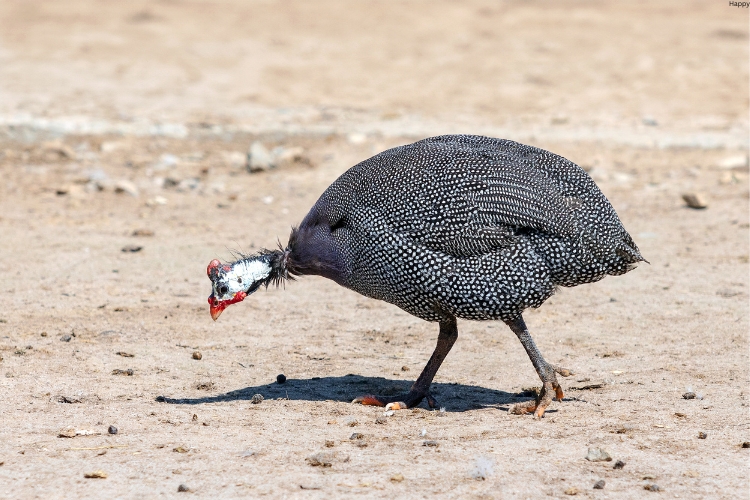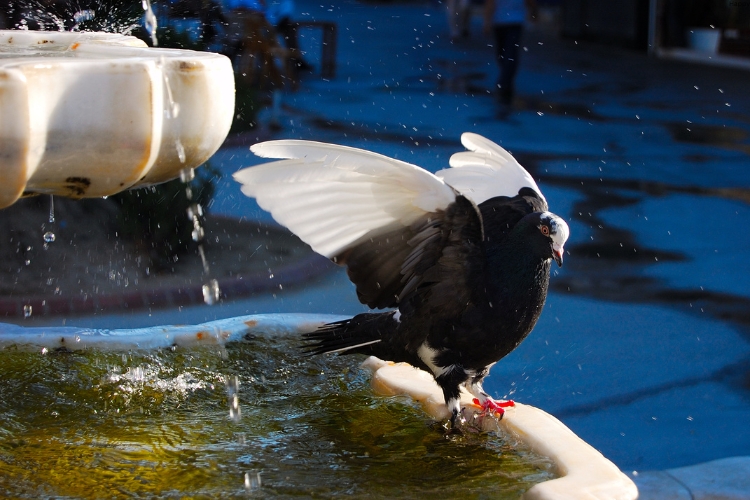In the vast and wondrous world of nature, birds stand out as some of the most remarkable creatures, possessing a unique set of sensory capabilities that far surpass those of many other animals.
While humans often pride themselves on their advanced intellect and adaptability, the avian kingdom boasts an array of species with truly extraordinary senses – vision, hearing, and even smell.
These heightened perceptions allow birds to navigate their environments with unparalleled efficiency, locate prey, evade predators, and communicate with their flock mates in ways that remain largely enigmatic to us.
The Exceptional Vision of Birds
One of the most captivating aspects of birds is their exceptional visual abilities. Compared to humans, the visual acuity of many avian species is simply staggering.
Birds possess a significantly higher number of photoreceptor cells in their retinas, which allows them to perceive a wider range of the electromagnetic spectrum, including ultraviolet light.
1. Advantages of Avian Vision
- Enhanced Color Perception: Birds have a greater number of color-sensitive cones in their eyes, enabling them to perceive a wider range of colors and hues than humans. This is particularly advantageous for tasks such as foraging, courtship, and predator/prey identification.
- Improved Motion Detection: Birds have a higher flicker fusion frequency, which means they can detect rapid movements and changes in their environment more quickly than humans. This enhanced motion sensitivity is crucial for activities like hunting, aerial maneuvers, and avoiding collisions.
- Superior Depth Perception: Many bird species possess specialized adaptations, such as laterally placed eyes, that provide them with excellent depth perception and binocular vision. This allows them to accurately gauge distances and navigate complex environments with ease.
- Ultraviolet Vision: Certain birds can see ultraviolet light, which is invisible to the human eye. This ability allows them to detect subtle patterns and markings on feathers, fruits, and flowers that are essential for tasks like mate selection and food identification.
2. Avian Visual Acuity in Action
The extent of avian visual prowess is truly remarkable. Raptors, such as eagles and hawks, possess visual acuity that is up to eight times greater than that of humans, enabling them to spot prey from great distances.
Hummingbirds, with their rapid wing movements, can detect the minuscule movements of flowers, allowing them to time their visits with precision.
Migratory birds, such as geese and cranes, utilize their keen vision to navigate vast distances, often relying on celestial cues and landmarks that are invisible to the human eye.
The Sensitive Hearing of Birds
While vision is undoubtedly a primary sense for many bird species, their auditory capabilities are equally impressive.
Birds have evolved highly sensitive hearing that allows them to detect a wide range of sounds, from the faint calls of their flock mates to the ultrasonic echolocation signals of bats.
1. The Advantages of Avian Hearing
- Expanded Frequency Range: Birds can hear sounds at frequencies beyond the human range, both in the higher and lower ends of the spectrum. This allows them to detect predators, prey, and potential mates that may be out of our auditory reach.
- Directional Hearing: Many bird species possess specialized adaptations, such as asymmetrical ear openings, that enable them to pinpoint the source of a sound with remarkable accuracy. This is particularly useful for locating prey, avoiding predators, and maintaining contact with their flock.
- Exceptional Sensitivity: Birds’ hearing is significantly more sensitive than that of humans, allowing them to detect even the slightest of sounds, such as the rustling of leaves or the movement of small prey.
- Vocal Communication: Birds’ advanced auditory capabilities are closely tied to their rich vocal repertoires, which they use to communicate a wide range of information, from territorial claims to mating calls and alarm signals.
| Advantage | Description |
|---|---|
| Expanded Frequency Range | Hear sounds beyond human range, detect predators, prey, and mates. |
| Directional Hearing | Pinpoint sound sources accurately, useful for locating prey and maintaining flock contact. |
| Exceptional Sensitivity | Detect even the faintest sounds, like rustling leaves or small prey movements. |
2. Avian Hearing in Action
The extent of avian hearing prowess is truly remarkable. Owls, for example, can detect the faintest of sounds, such as the scurrying of a mouse, from hundreds of feet away.
Migratory birds, like the whimbrel, can hear the calls of their flock members over vast distances, allowing them to maintain cohesion during their long journeys.
Songbirds, with their intricate vocalizations, can discriminate between the songs of their own species and those of their neighbors, a skill that is crucial for territory defense and mate attraction.
The Surprising Sense of Smell in Birds
While vision and hearing are undoubtedly the most prominent senses in the avian world, a growing body of research has revealed that some bird species also possess an acute sense of smell – a capability that was once thought to be relatively limited in these winged creatures.
1. The Advantages of Avian Olfaction
- Foraging Efficiency: Many birds, particularly those that feed on nectar or carrion, can use their sense of smell to locate and identify food sources, even from long distances.
- Predator Avoidance: Some bird species can detect the scent of predators, allowing them to take evasive action and avoid potential threats.
- Homing and Navigation: Certain migratory birds, such as seabirds and pigeons, have been shown to use olfactory cues to aid in their long-distance navigation and homing abilities.
- Social Communication: Birds may use scent to convey information about their identity, reproductive status, and even social hierarchies within their flocks.
| Advantage | Description |
|---|---|
| Foraging Efficiency | Many birds, particularly those that feed on nectar or carrion, can use their sense of smell to locate and identify food sources, even from long distances. |
| Predator Avoidance | Some bird species can detect the scent of predators, allowing them to take evasive action and avoid potential threats. |
2. Avian Olfaction in Action
The extent of avian olfactory prowess varies greatly between species, with some exhibiting a more pronounced sense of smell than others.
Vultures, for example, can detect the faint odor of carrion from miles away, allowing them to efficiently locate their food sources.
Kiwis, a flightless bird native to New Zealand, have an exceptionally well-developed sense of smell that they use to locate their prey and navigate their environment.
Seabirds, like petrels and shearwaters, have been shown to use olfactory cues to track the scent of their prey, as well as to navigate back to their nesting sites.
The Delicate Balance of Avian Senses
While each of the avian senses – vision, hearing, and smell – offers unique advantages, it is the intricate interplay and balance between these sensory capabilities that truly sets birds apart.
Birds have evolved to seamlessly integrate these various modalities, allowing them to perceive and interact with their environments in ways that far surpass our own understanding.
1. Sensory Integration in Action
- Hunting and Foraging: Birds rely on a combination of their keen eyesight, sensitive hearing, and in some cases, acute olfaction to locate and capture their prey. Raptors, for example, use their exceptional vision to spot potential targets from great distances, while owls use their sensitive hearing to pinpoint the exact location of small rodents and insects.
- Predator Avoidance: Birds employ a diverse array of sensory strategies to evade predators. They may use their sharp vision to spot potential threats from afar, their directional hearing to detect the approach of a predator, and in some cases, their sense of smell to identify the scent of a nearby carnivore.
- Navigation and Migration: Migratory birds, such as geese and cranes, utilize a range of sensory cues to navigate vast distances, including visual landmarks, celestial orientation, and even the Earth’s magnetic field. Some species may also use olfactory information to aid in their homing and navigation abilities.
- Courtship and Mating: Birds often rely on a combination of visual, auditory, and even olfactory signals to attract mates and engage in courtship rituals. The intricate plumage patterns, elaborate vocalizations, and in some cases, scent-marking behaviors all play a crucial role in these complex social interactions.
The Future of Avian Sensory Research
As our understanding of avian senses continues to evolve, it is clear that the sensory capabilities of birds represent a fascinating and largely untapped area of scientific exploration.
From the development of new technologies that can better measure and quantify these sensory modalities to the ongoing study of the neurological mechanisms that underlie them, there is much yet to be discovered about the extraordinary perceptual abilities of our feathered friends.
1. Potential Areas of Future Research
- Advancements in Olfactory Research: While the role of smell in birds has been increasingly recognized, there is still much to learn about the full extent and applications of avian olfaction. Continued research in this area may shed light on the complex ways in which birds use scent to navigate, communicate, and interact with their environments.
- Exploring the Neurological Basis of Avian Senses: By studying the neural structures and pathways responsible for sensory processing in birds, researchers may gain deeper insights into the evolutionary adaptations that have given rise to these remarkable capabilities.
- Comparative Studies Across Species: Examining the sensory differences and similarities between various bird species can provide valuable clues about the selective pressures and ecological niches that have shaped the development of these senses over time.
- Applications in Conservation and Environmental Monitoring: Understanding the sensory capabilities of birds could have important implications for conservation efforts, as well as for the development of new technologies for environmental monitoring and ecological assessment.
Conclusion
In the captivating world of birds, the extraordinary sensory abilities of these winged creatures offer a glimpse into the wonders of the natural world.
From their unparalleled visual acuity to their sensitive hearing and, in some cases, surprising sense of smell, birds have evolved a remarkable set of perceptual tools that allow them to navigate their environments, locate resources, and communicate with unmatched efficiency.
As we continue to explore and unravel the mysteries of avian senses, we may just find that the true marvels of the natural world lie not in our own limited senses, but in the extraordinary capabilities of our feathered kin.
Table: Comparison of Avian and Human Senses
| Sense | Avian Capabilities | Human Capabilities |
|---|---|---|
| Vision | – Higher visual acuity (up to 8x that of humans)
– Wider color range (including ultraviolet) – Enhanced motion detection and depth perception |
– Moderate visual acuity
– Limited color range (no ultraviolet) |
| Hearing | – Wider frequency range (both higher and lower)
– Superior directional hearing – Exceptional sensitivity to faint sounds |
– Moderate frequency range
– Limited directional hearing – Moderate sensitivity |
| Smell | – Highly developed in some species (e.g., vultures, kiwis)
– Used for foraging, predator avoidance, and navigation |
– Limited sense of smell compared to many other animals |
Additional Resources:
1.Cutest Baby Birds – Top 20 Photos
2.25 High Elevation Mountain Birds: Soaring Above the Peaks
3.54 Birds That Use Tools to Get Food

